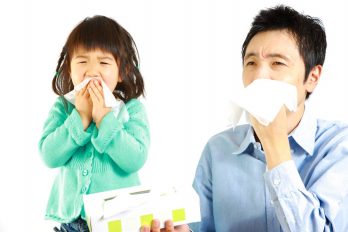Flat head syndrome or positional plagiocephaly happens to some infants if they spend too much time lying in bed with their heads to one side. Because the plates of the cranium are not yet fused together completely as they will be later in life, they can still shift. If this happens to your infant, you may notice that a side or the back of your child’s head appears flat.
This syndrome most often occurs from spending too much time lying in a crib or bassinet. However, it could occur from certain long-held positions in strollers, car seats, or swings as well. In addition, some infants may have a slightly flatter head immediately after birth if their heads were pressed a certain way by the mother’s pelvis or by brothers and sisters in the case of multiple births.
Treating and Preventing Flat Head Syndrome
If flat head syndrome is not addressed immediately, it could result in long-term consequences. Regular visits with your pediatrician can help you catch this problem as early as possible. In many cases, simply making a few changes to how you treat your baby each day can solve the problem entirely. For example, your baby may need to spend more time on his tummy. During these supervised sessions, your baby will not be placing pressure on the back of his head, and he will gain important neck and upper body strength.
If increased tummy time, changes in crib position, and similar tips, such as holding your baby more often, do not work, your pediatrician may recommend that your baby wear a special helmet designed to reshape the head. Although it may seem difficult to make your baby wear a helmet that he initially resists, most helmet therapies do not take that much time. Some babies only need to wear helmets for a month or two, while others may have to wear them for up to six months.
If you have any questions about your baby’s health or about flat head syndrome, contact Kids 1st Pediatrics.




